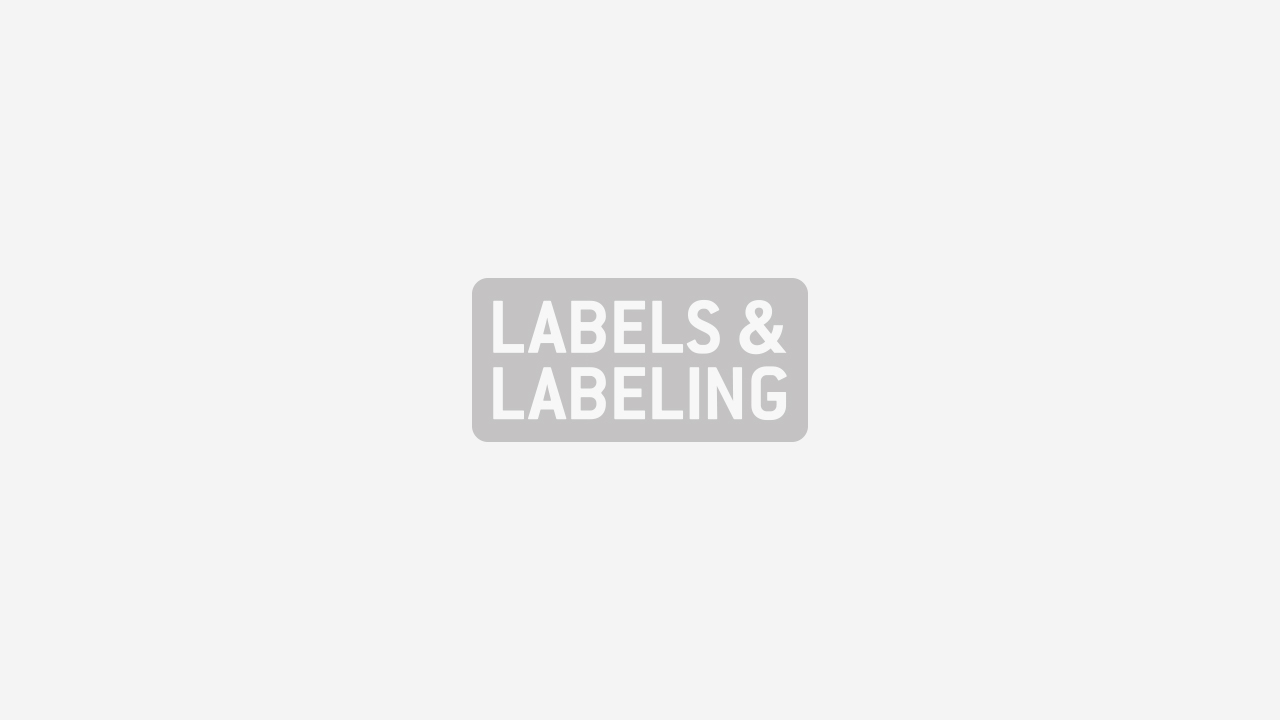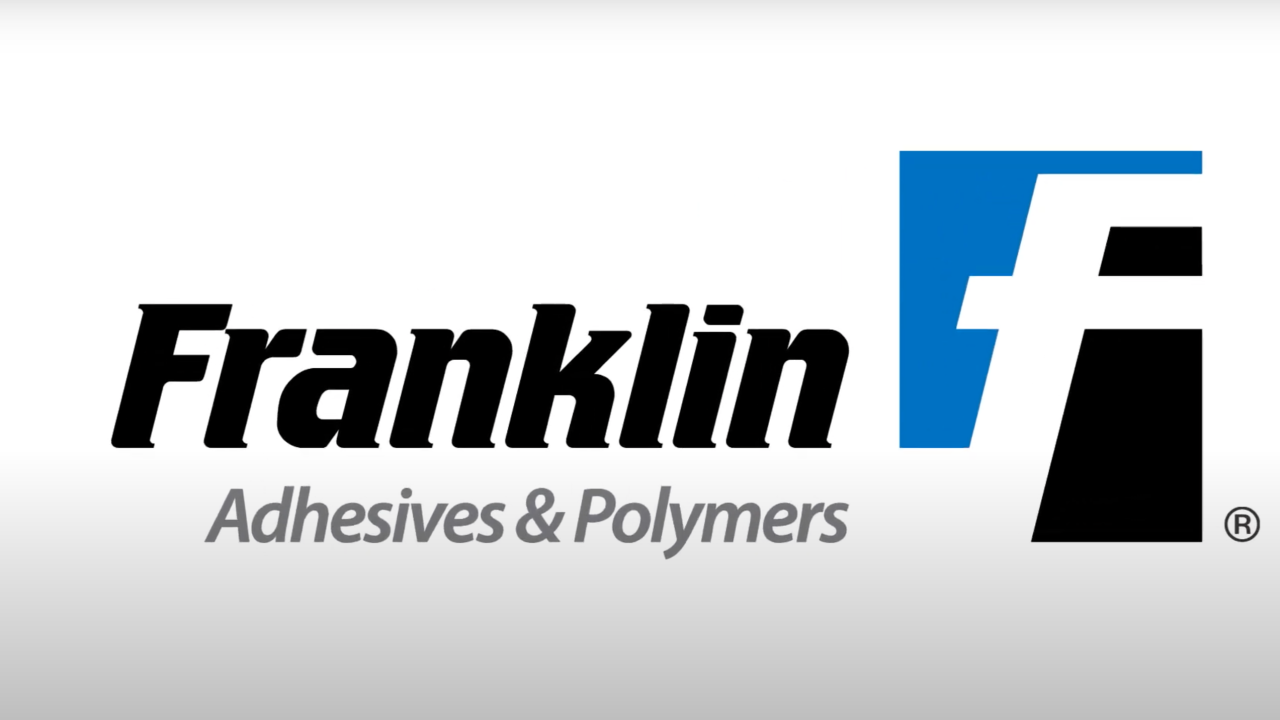Making film the star

Advances in film engineering and adhesive combinations are driving new opportunities for label converters. Andy Thomas reports
Film engineering, supported by new developments in bespoke adhesives, continues to make new value added applications available to converters and their customers in a wide range of end use sectors.
Thinner films are a key trend and they have both an operational advantage – fewer reel changes, more labels per reel – and ecological benefits in terms of reduced material usage and transport energy costs.
Another trend is the continued move towards conformable oriented films, which offer the squeezability of PE films with the superior print and conversion characteristics of OPP, while presenting significant down-gauging opportunities.
Developments in adhesive systems also continue to offer superior performance options for face films, with notable examples including Herma’s dual coated wine label films and Avery Dennison’s B2B range designed to make PS labels easily separable from PET containers in plastics recovery systems.
Also notable are continued developments in films for industrial marking applications with improved whiteness in thermal transfer applications and the ability to work with multiple process conventional print technologies.
Machine matching
Avery Dennison’s key strategy has been to partner with machinery suppliers to develop film and applicator systems which allow new properties to be built into films.
In Labels & Labeling issue 1, 2013, we published the first case study of the Curvy system, which allows PS labels to be applied to complex shaped containers, greatly increasing display area and helping match the impact of shrink sleeves. Meanwhile Avery has commercialized its TurnLock laminating system, a patent-pending technology claimed to allow converters to produce protected graphics with 30 percent less material by eliminating the need for an over-laminate or transfer tape.
Using a single input roll not only allows faster changeovers and butt splicing for increased productivity, but also overcomes some common over-lamination failures, including proper lamination tension and lifting of the over-laminate. The final product is a thinner gauge label using less material.
In operation, label graphics are reverse printed on a single roll of PS film facestock, which is then delaminated. Using a turn bar the facestock is flipped then re-laminated to the liner. Converters have the choice of using white, black and metallized PET colors.
Moving to its standard film range, Avery has introduced a prime film portfolio of BOPP and machine direction oriented (MDO) films, anchored with the new S7000 adhesive, and claimed to deliver high levels of clarity, semi-conformability and stiffness for high-speed converting and dispensing. The portfolio consists of clear, white and metalized facestocks on PET liners. These new semi-conformable Global MDO constructions are claimed to produce 40 percent less solid waste and use 37 percent less energy in their manufacture that previous product generations, with greenhouse gas emissions reduced by 22 percent.
Also new is Avery’s Bottle-to-Bottle (B2B) Film portfolio which allows pressure sensitive labels to be removed as part of the standard PET reclamation process.
The B2B portfolio is built on clear or white BOPP film facestock anchored by SR3010, a switchable adhesive which adheres to a PET bottle until the cohesive bond is broken at the recycler. The B2B portfolio has been certified to work in the NAPCOR/APR protocols for PET recycling.
Conformable films
ExxonMobil Chemical has expanded its Label-Lyte range of film technologies to include Label-Lyte 52LLC210, a conformable, lightweight, oriented polyolefin film offering superior converting characteristics to PE alternatives in pressure sensitive label (PSL) applications. ExxonMobil says the new film reduces wrinkling and darting of labels, even after the container is repeatedly squeezed. Target end uses include health and beauty care, household products, beverages, canistered or bottled food and automotive applications requiring high levels of label and point-of-sale appearance.
Another new Label-Lyte product is 65LT500 thermal transfer (TTR) film, supplied with a matte white finish. Target PSL applications include consumer durables, automotive, household chemicals and detergents, pharmaceutical, retail shelf marking (barcodes), plumbing and other industrial applications. Compared to widely used 75 micron and higher gauge materials, the film provides a significant yield improvement, enhanced quality and consistent print surface appearance, says the manufacturer. The higher yield results in more film footage per roll for fewer machine changeovers, more run time and less waste.
Label-Lyte 50ML580 is a new surface-printable metallic OPP film, compatible with UV flexo, letterpress, screen and offset systems, as well as water-based flexo and solvent-based gravure systems. It is well suited for applications such as beverages, health and beauty care, and household products.
Completing the new look Label-Lyte range is 40LL539, a clear, two-side-coated OPP film for down-gauging clear-on-clear labels. Properties include outstanding ink adhesion and adhesive anchorage, says ExxonMobil.
Innovia Films has developed conformable alternatives to PE films – Rayoface CZ Plus (clear) and WZ Plus (white) – which do not require an additional print coating. Combined with in-line corona treating on press, these ‘inherently printable and squeezable’ label facestock films match the print and converting performance of a top coated BOPP squeezable film, says the manufacturer.
The technology used in the development of these products opens up future opportunities for thinner materials and different printable engineered surfaces.
Ritrama has developed its own range of thinner, PP 40µ based PS films, which are 55 percent thinner and 55 percent lighter than traditional PE 85µ. ‘These films are designed to reduce converters’ environmental impact with a lower carbon footprint, more labels per roll and a reduced packaging recycling obligation,’ says the company. ‘All the products exhibit excellent printability and excellent die-conversion/label dispensing qualities.’ The Thinner films are available on PET liner rather than glassine to improve efficiency and sustainability.
Special coatings
Herma has extended the application of its multi-layer adhesive coating technology to films for wine labels, where the appearance of the final product is the key to on-shelf success.
The HERMAexquisite range of film products incorporates an adhesive, codenamed HERMAperfectCut 62Xpc, which uses dual coating technology to enhance die-cutting results and reduce cutter wear. The special second layer reinforces the adhesive’s cohesion (inner strength) and effectively prevents bleeding over the die-cut edges.
Wine labels with the 62Xpc adhesive have passed rigorous ‘cooler tests’ – even after prolonged submersion in a wine cooler, the labels remain attached to the bottles, says Herma.
The HERMAexquisite range currently consists of transparent and white PP films in various thicknesses. These are complimented by a variety of high-quality paper and aluminum surface layers. Multi-layer technology is also exploited for the 62 W adhesive applied to these layers.
NAStar has meanwhile launched a range of film labels featuring the company’s T1055 temporary adhesive. BQZ5055 is a two mil clear, top-coated, glossy polypropylene label facestock with thermal transfer printability. It is compatible with UV, flexo, letterpress, and offset systems. Applications include distribution labels, tote and bin labels, and picking and shipping labels. Other industrial applications include work-in-process labels, window labels, candle labels, and labels for mirror and glass manufacturers.
The same adhesive system is used for MagneTernative, NAStar’s cost-effective alternative to traditional magnets which auto- dispenses as a label as opposed to glue-applied traditional magnets. The consumer removes the liner exposing NAStar’s T1055 Temporary Adhesive and affixes the promotional message anywhere – both magnetic and nonmagnetic surfaces.
An interesting application of specialist coating development is Hanita Coatings’ new flame retardant films. These black, white and translucent one and one and a half mil (25 and 36 micron) printable face films meet the demanding UL 94 VTM-0 flame retardancy rating, helping prevent the propagation of fire.
Hanita’s Halogen-free FR films deliver full printability by conventional print processes and thermal transfer, or may be used as flame retardant base media for non-printable applications.
‘Up to now,’ explains Gadi Arnon, product manager for Hanita’s Print division, ‘flame retardant labels have been based on either thick, expensive PET films extruded with FR additives, or high-cost Polyimide substrates. Hanita is offering an affordable, thin and effective solution to the flame propagation requirements of the electronic appliance market, based on a proprietary coating development.’
Hanita’s REACH and RoHS compliant flame retardant label films are particularly suitable for the highly competitive appliance battery market. They also provide an excellent solution for label applications demanding high-level flame retardancy performance in environments such as chemical plants or refineries.
Synthetic paper
Moving to synthetic paper developments, Yupo has introduced a clear IML film called YupoUltraClear, which allows brand owners to choose freely bottle color and reduces the amount of ink required (since there is no requirement to match the bottle color). The film is claimed to resist scratching, fading and flagging.
The company has also launched its YupoOctopus ‘micro-suction’ technology, which uses tiny suction cups on one side of the film to grip any smooth, flat surface without any magnets or static, making it suitable for electrical applications and removing the need for adhesives. It can be removed and reapplied for ultra-long wear and shelf life.
‘Applications are endless,’ comments Bill Hewitt, Yupo market and customer service manager. ‘From electronics, product displays, various graphic design applications, promotional materials, children’s games, tabletop decorations and on and on. Just about any smooth surface.’
The Teslin substrate products group of PPG Industries has meanwhile launched its Lumit coated polyester film, resistant to heat, UV light, water, chemicals and tearing. Lumit digital paper was formerly known as PrintMaster Laser substrate, a synthetic print medium introduced in 2002 by Convert-All, a company PPG acquired in 2011.
Optimized for high-heat, dry-toner laser-print applications, Lumit digital paper is compatible with a wide range of printing technologies including dry-toner laser, offset lithographic, flexographic, screen, UV-cured inkjet and thermal transfer processes. It can be ordered with coating on one or both sides of the sheet.
Indoor and outdoor applications include shelf strips and cooler-door labels in retail and grocery stores; plant tags, stakes and wraps in garden and nursery shops; and access-control wristbands for hospitals, water parks and amusement parks.
Pictured: PPG’s Lumit coated polyester film
This article was published in Labels & Labeling issue 1, 2013
Stay up to date
Subscribe to the free Label News newsletter and receive the latest content every week. We'll never share your email address.

